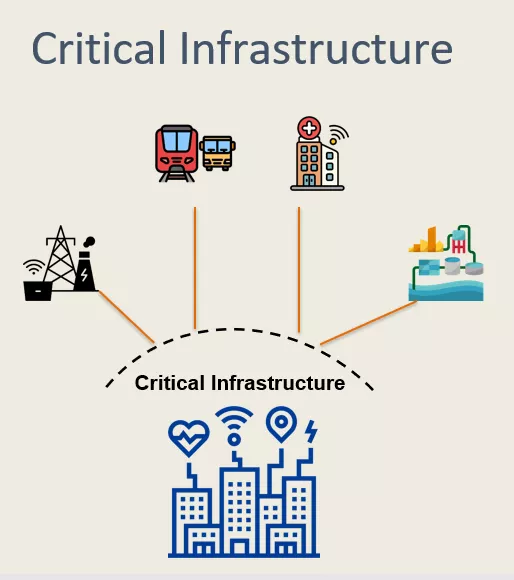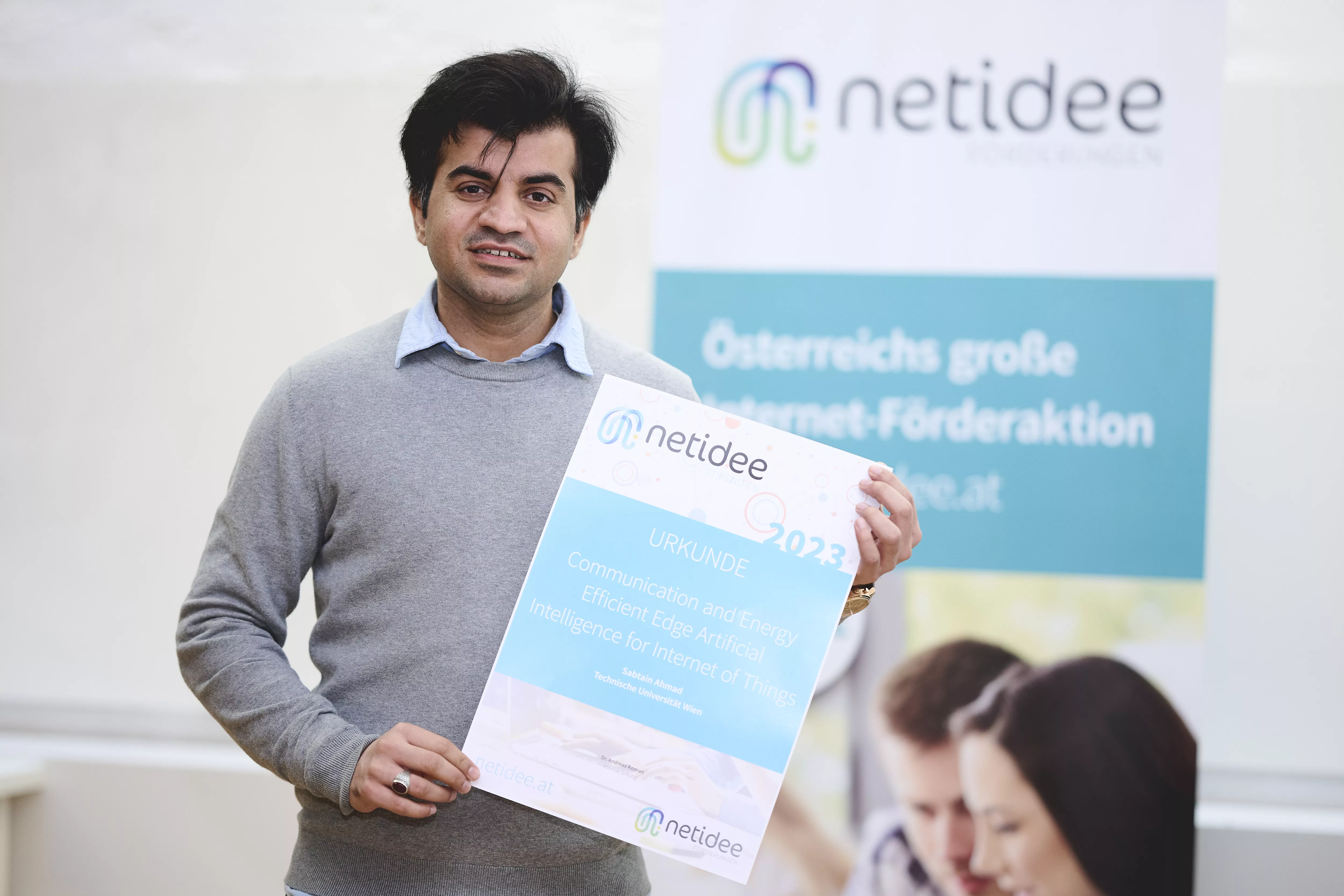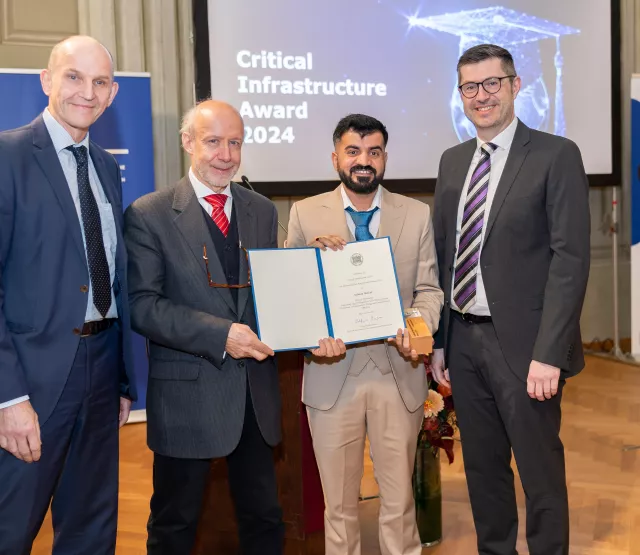
Förderjahr 2023 / Stipendien Call #18 / ProjektID: 6801 / Projekt: Communication and Energy Efficient Edge Artificial Intelligence Framework for Internet of Things
This article discusses hierarchical federated learning (HFL) to enable sclable knowledge sharing, where micro-models on devices feed cluster-level and cloud-level models to handle patchy networks and varied hardware.
Water-quality stations, flood-protection gates and reservoir pumps must react within seconds to pH drift, toxic spills or rising levels. Moving all sensor streams to the cloud is impossible: limited uplink bandwidth, GDPR constraints and sparsely connected catchment areas would throttle response times. These challenges cannot be addressed with the conventional centralized learning.

However, hierarchical federated learning (HFL) splits the workload across three tiers. HFL arranges devices into site-level clusters (e.g., stations along one river stretch) whose models are periodically distilled into a regional “watershed” model and, only if connectivity allows, synchronised with a supervisory cloud. Compared with flat FedAvg, HFTL reduced communication by 45 % and improved F1-score.
- Tier 0 (device): Tiny models perform first-line anomaly screening.
- Tier 1 (edge cluster): A local node aggregates updates from dozens of devices inside a plant or substation, adapting to site-specific conditions.
- Tier 2 (cloud): A supervisory model absorbs distilled knowledge from many clusters to spot fleet-wide patterns.
This structure copes with heterogeneous hardware, non-IID data and intermittent links, issues prevelant in federated learning and edge intelligence.
Secutiry and Resilience:
Edge nodes in critical infrastructure sit in hostile environments. To address the security challenges, the following approaches could be employed:
- Zero-trust networking plus PQ-safe VPNs for model update traffic.
- Remote attestation so the cloud rejects updates from compromised nodes.
- Confidential aggregation using secure enclaves or homomorphic encryption to protect competitive data during learning.
Because these stations form part of critical infrastructure, the framework layers remote attestation on every edge node and encrypts model updates with homomorphic aggregation so even if one gateway is seized, an attacker cannot poison the watershed model.
By combining hierarchical learning, aggressive communication compression and energy-aware model design, operators can unlock resilient, low-footprint Edge Intelligence that keeps society’s most critical assets safe, efficient and secure even at the network’s edge.



